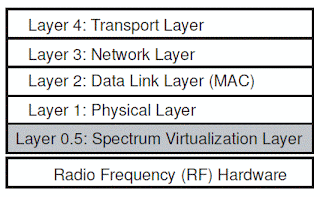Given the general consensus among stakeholders in the telecom industry that the next phase of business growth would ride on the back of data services, the meager availability of 3G spectrum remains a cause of concern.
For comparison sake, telcos in the more developed countries like the US, UK and Germany hold 3G bands in the range of 15MHz-20MHz, with countries like UK even provisioning that in the more efficient 900MHz bands, in contrast with India where only 5MHz spectrum was awarded in the less efficient 1.9GHz bands.
It would be unrealistic to hypothesize that spectrum availability would greatly improve through refarming or due to exits and consolidations in the mobile services industry. Moreover, in an auction-driven mechanism, there can be no guarantee that a telco would be able to secure airwaves across all circles in the same frequency bands. In fact, on the contrary, a Telecom Regulatory Authority of India (TRAI) consultation paperin April 2012 had indicated that that available and occupied frequencies for telcos would be in bands as diverse as 700MHz, 800MHz, 900MHz, 1.8-1.9GHz and 2.3-2.4 GHz.
That non-uniformity would clearly pose a phenomenal challenge in terms of frequency normalization and spectrum management.
But then, if that’s how the spectrum situation is likely to shape up in the coming years, is it okay to let the mobile networks run the way they have so far? What different can be done by the industry to keep seeing mobile data growth while not necessarily having to buy additional frequency blocks?
A need of the hour is to explore if more mobile data can be managed with the currently available spectrum blocks.
 |
| Virtualization model for spectrum |
Spectrum virtualization could be a way out. In a paperpublished under the aegis of Microsoft Research Asia, an architecture was earlier discussed to tackle conflicting wireless technologies in the same frequencies. The paper proposed creation of a “spectrum virtualization layer” within the existing network framework. (See Fig.)
Virtualization can address the ‘spectrum-starved’ telecom in India. Theoretically, two or more operators could come together and put their spectrum resources in a common pool, which could then be dynamically managed and provisioned by a third-party provider. This would be akin to other shared network infrastructure like the cell sites, which are commonly managed by third-party providers.
© 2018 BusinessandMarket.net, the insights service provider focused on IT and telecom, offering rich analysis done by subject matter specialists.
To make a service inquiry, click http://www.businessandmarket.net/p/your-inquiry.html
To make a service inquiry, click http://www.businessandmarket.net/p/your-inquiry.html


